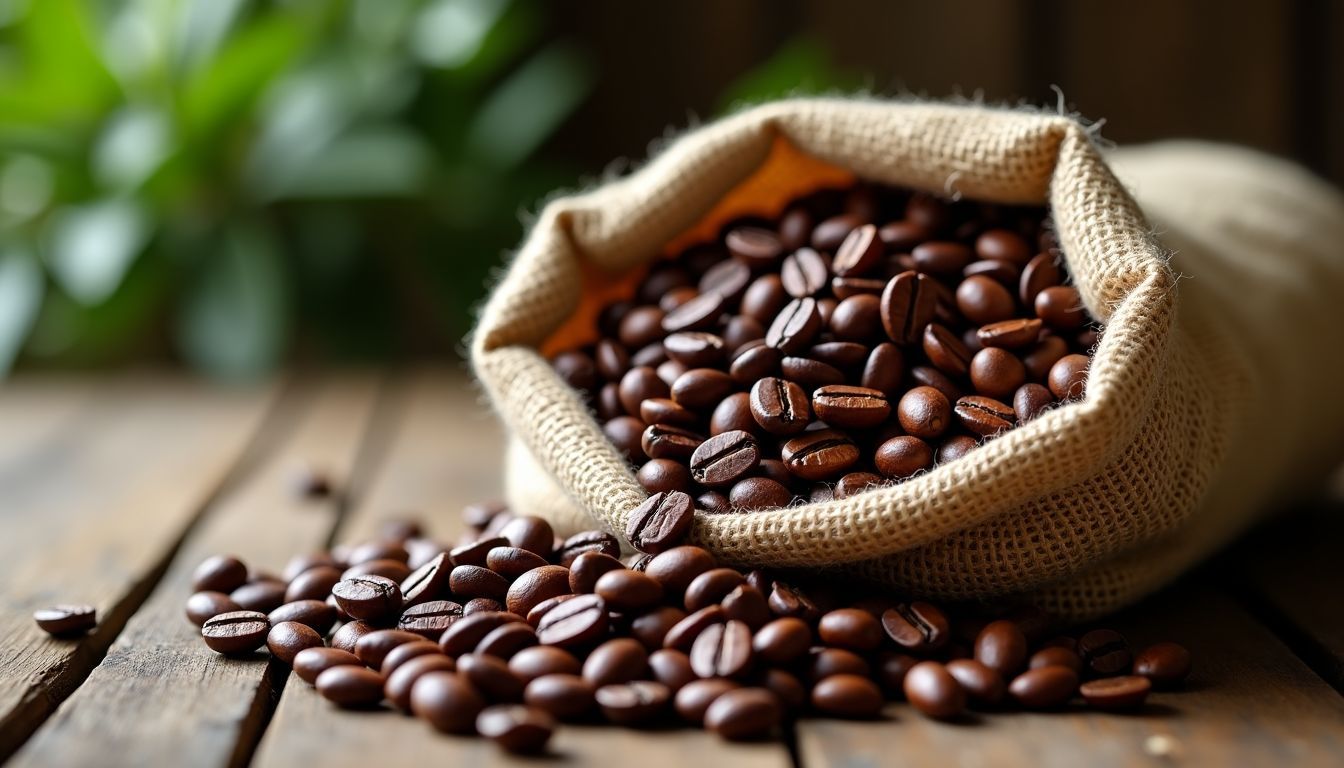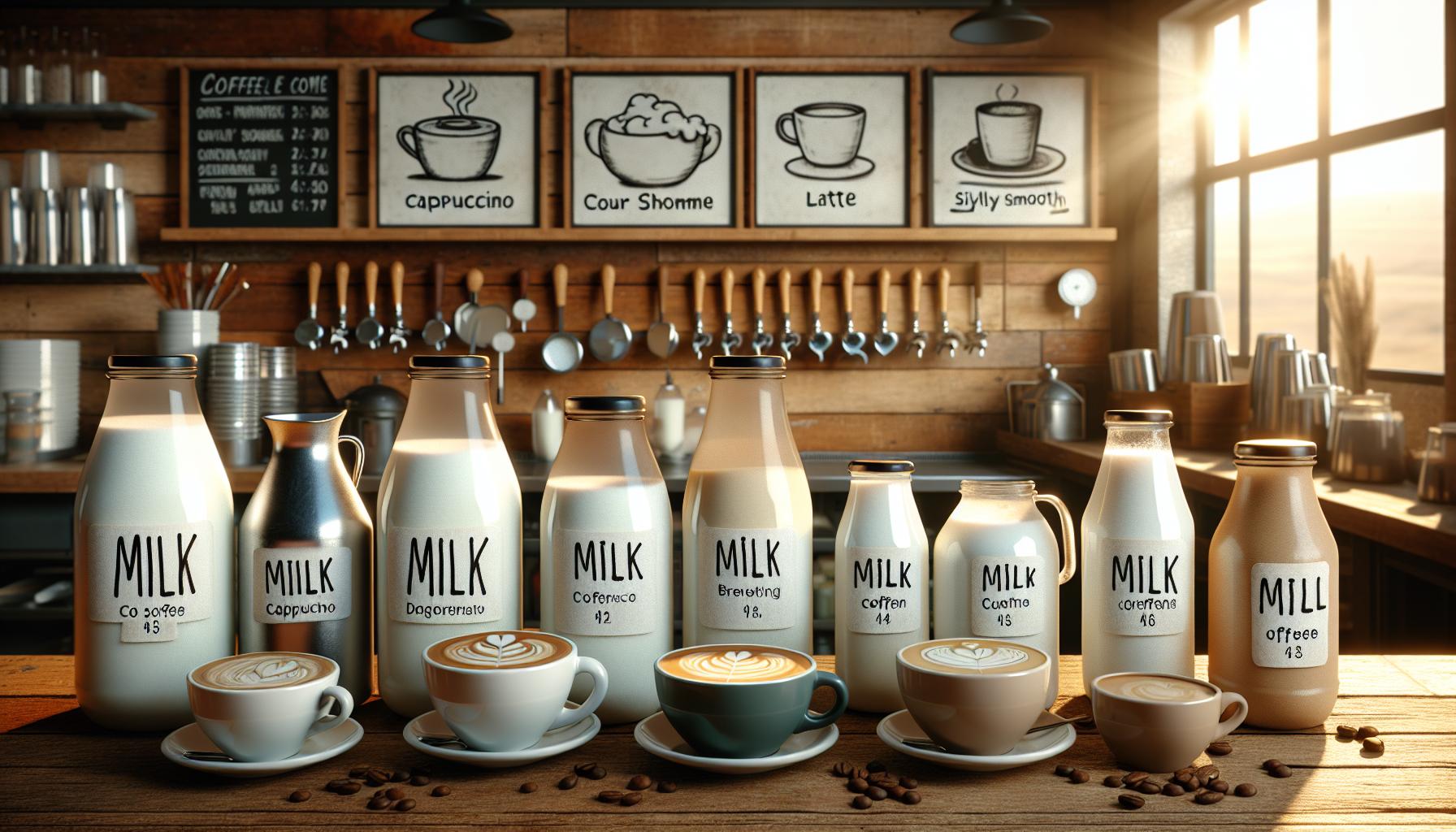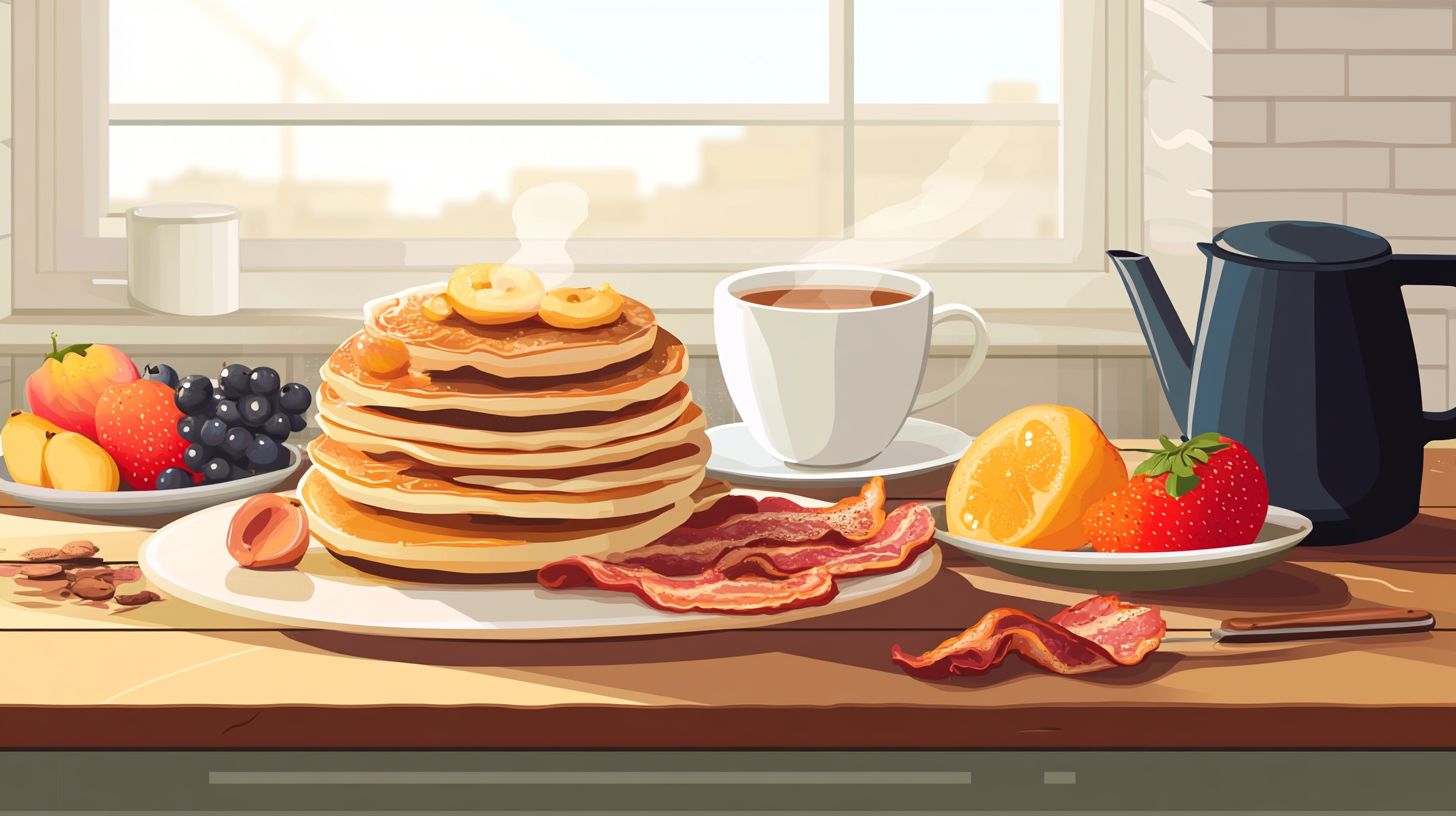Blog
Flat White vs Latte Unveiling Key Differences
Talking about coffee, you might want to know the difference between two popular types: flat white and latte. A flat white has less milk than a latte and almost no foam, making it stronger in espresso flavour.
Originating from America, a latte mixes 1/3 espresso with 2/3 steamed milk and tops it off with a bit of frothed milk. People often serve flat whites in smaller cups around 5-6oz with very fine foam on top.
For lattes, they use larger cups about 8oz in the US and add more milk for a lighter taste.
Making these drinks involves different steps; for instance, while creating a latte means adding espresso into steamed milk, making a flat white can vary greatly by place or person because there’s no set rule on how to do it.
When you compare them side by side, flat whites have a rich coffee punch due to half as much milk as lattes and barely any microfoam. Despite where they come from or how people make them, both have fans worldwide.
Some prefer the creamy lightness of lattes which pairs well with flavours like vanilla or caramel while others love the quick, strong kick of espresso that comes with every sip of a flat white.
Now let’s figure out how to whip up these coffees at home so you can enjoy your favourite any time!
Exploring the Flat White
A Flat White starts with a strong ristretto shot, using a 1:1.5 ratio of coffee to water. This base gives it a deep, rich flavour. You’ll find it in smaller cups, about 5-6oz, perfect for those who love their coffee with a kick.
The top has just enough microfoam—about 0.5cm—to make it smooth without drowning out the espresso’s taste.
This drink stands out because it packs more espresso punch than your usual latte or cappuccino. Baristas pour steamed milk over the ristretto shot carefully, creating that velvety texture unique to Flat Whites.
It’s this careful balance—less milk, yet enough foam—that delights coffee lovers looking for something between a strong espresso and a milky café latte.
Exploring the Latte
Lattes give you a creamy mouthfeel with their perfect mix of 1/3 espresso and 2/3 steamed milk, topped off by a small layer of frothed milk. You find them in traditional coffee shops served in an 8oz cup, creating that smooth experience.
In the US, they go bigger, filling larger ceramic mugs with more milk but keeping the espresso volume about the same. This method makes lattes very “milky,” offering a lighter and easy-to-enjoy option among other coffee drinks.
Making them involves careful balance—the right amount of hot milk blended into freshly brewed espresso, finished with just enough microfoam to make it special. The process requires skilful use of an espresso machine and steam wand, tools that turn simple ingredients into something extraordinary.
For those who love softer flavours or are maybe new to drinking coffee beverages from cafes or making them at home on their espresso machines, lattes offer a welcoming introduction to the broad world of specialty coffees without overwhelming your taste buds.
Brewing Methods: Flat White Vs Latte
Brewing a flat white or a latte involves distinct steps for each drink. Both start from espresso coffee but differ in what comes next.
- Grind fresh coffee beans to a fine consistency using a coffee grinder for the base of both drinks.
- Brew an espresso shot with an espresso machine; this serves as the foundation. For a flat white, use one shot, and for a latte, also start with one shot.
- Steam milk until it’s hot and frothy. A steam wand on an espresso machine works well here.
- For a flat white, aim for microfoam – milk that is smoothly textured. It makes your coffee creamy.
- Pour steamed milk over the espresso shot for both drinks but focus on achieving a thicker layer of foam on top for the latte.
- Flat whites require less milk than lattes, making them stronger in coffee flavour.
- Finish a latte by adding art on top with the milk froth if you like.
Both these methods show how small changes in brewing lead to different experiences tasting these popular milk coffees.
Comparing Taste and Texture
Flat whites give you a strong espresso punch. They use less milk, so the coffee taste is front and centre. You’ll find almost no foamed milk topping here, just pure, rich coffee. This makes flat whites perfect if you love a sharp burst of flavour.
Lattes are softer on your palate because they have more milk. This extra milk smooths out the espresso’s intensity and adds a sweet touch from the caramelised sugars in the steamed milk.
On top, there’s creamy microfoam that makes every sip velvety. So, for those who enjoy their drink milder or like to mix in flavoured syrups, lattes are spot-on.
Differences in Size and Milk Ratios
Flat whites and lattes look a lot alike, but they’re quite different when you check their size and how much milk is in them. Flat whites have more coffee and less milk than lattes, making them stronger.
Making Flat Whites and Lattes at Home
Making flat whites and lattes at home is easier than you think. You need a coffee grinder, an espresso machine, and a bit of practice with steaming milk.
- Choose specialty-grade coffee beans for the base of your drink. Brazil Chocolate or Four Bean are great options.
- Grind your coffee to a fine consistency using a coffee grinder. Aim for a texture like table salt.
- Use an espresso machine to pull a strong shot. For flat whites, aim for a double shot; lattes do well with single or double shots depending on your taste.
- Steam milk to create microfoam. The key here is to introduce just enough air to make the milk silky and slightly thick.
- Pour steamed milk over the espresso shot gently. For flat whites, keep the foam minimal; lattes can have more foam on top.
- Practice latte art by moving the jug in small circles as you pour if you’re feeling adventurous.
- Adjust the milk ratio according to your preference: less milk for strong coffee taste in flat whites, more for smoother lattes.
- Serve immediately in a pre-warmed coffee cup to maintain temperature and enhance flavour.
With patience and practice, you’ll master these drinks in no time, bringing café-quality lattes and flat whites into your kitchen.
Trends in Coffee Culture
Coffee culture evolves quickly. Cafés around the world include drinks like flat whites and lattes, showing how tastes change. People now prefer stronger espresso drinks with less milk than before.
This shift means more customers choose a flat white over a latte for its rich coffee flavour and smooth texture.
Technology also changes how you enjoy your coffee. Home brewers use espresso machines, grinders, and pods to make their favourite cups. Online platforms help you find the best beans or grounds for brewing at home.
Social media lets cafes share new trends and recipes, making it easy for you to try new coffee styles whenever you want.
How to Make Flat Whites and Lattes at Home
You want a delicious flat white or latte without leaving your house. With the right tools and some practice, you can make these coffee drinks at home.
- Gather equipment: You need an espresso machine, a coffee grinder, and a steam wand.
- Choose specialty-grade beans for the best flavour. Dark chocolate or cocoa notes work well.
- Grind your beans finely but not too powdery to get that rich espresso taste.
- For a flat white, pull a ristretto shot using a 1:1.5 coffee to water ratio. This makes it strong and flavourful.
- For a latte, prepare an espresso shot with your machine—this forms the coffee base.
- Heat milk until it’s steaming but not boiling; use the steam wand for microfoam.
- Pour steamed milk over the espresso for a latte; aim for 2/3 milk to 1/3 coffee with a bit of foam on top.
- Create microfoam by swirling and tapping the milk jug, then pour over your ristretto for the flat white.
- Practice pouring techniques to achieve smooth blends of milk and coffee.
With these steps, you can enjoy homemade lattes and flat whites anytime you like.
Deciding Between a Flat White and a Latte
Choosing between a flat white and a latte depends on your taste in coffee. If you like your coffee strong with less milk, go for a flat white. It has only 0.5cm of microfoam, making the espresso flavour more powerful.
Flat whites are also smaller, giving you a quick, rich boost without too much milk.
Prefer something lighter? Pick a latte. Lattes have more milk which softens the espresso’s strength. This makes them smoother and better if you like adding flavours like vanilla or caramel syrup.
Lattes are described as “milky” for their high milk content, offering a gentler coffee experience perfect for those who enjoy sipping their drink slowly over conversations or work.
Conclusion
Flat White and Latte offer distinct tastes, perfect for different moments. A Flat White brings you a richer espresso feel with less milk, served in smaller cups. Lattes mix more milk, giving a smoother sip.
Making both at home is simple with the right tools like coffee grinders and espresso machines. Use specialty-grade beans to brew the best cup. Whether you need a strong kick or a gentle start to your day decides it – it’s all about choice and taste preference!



